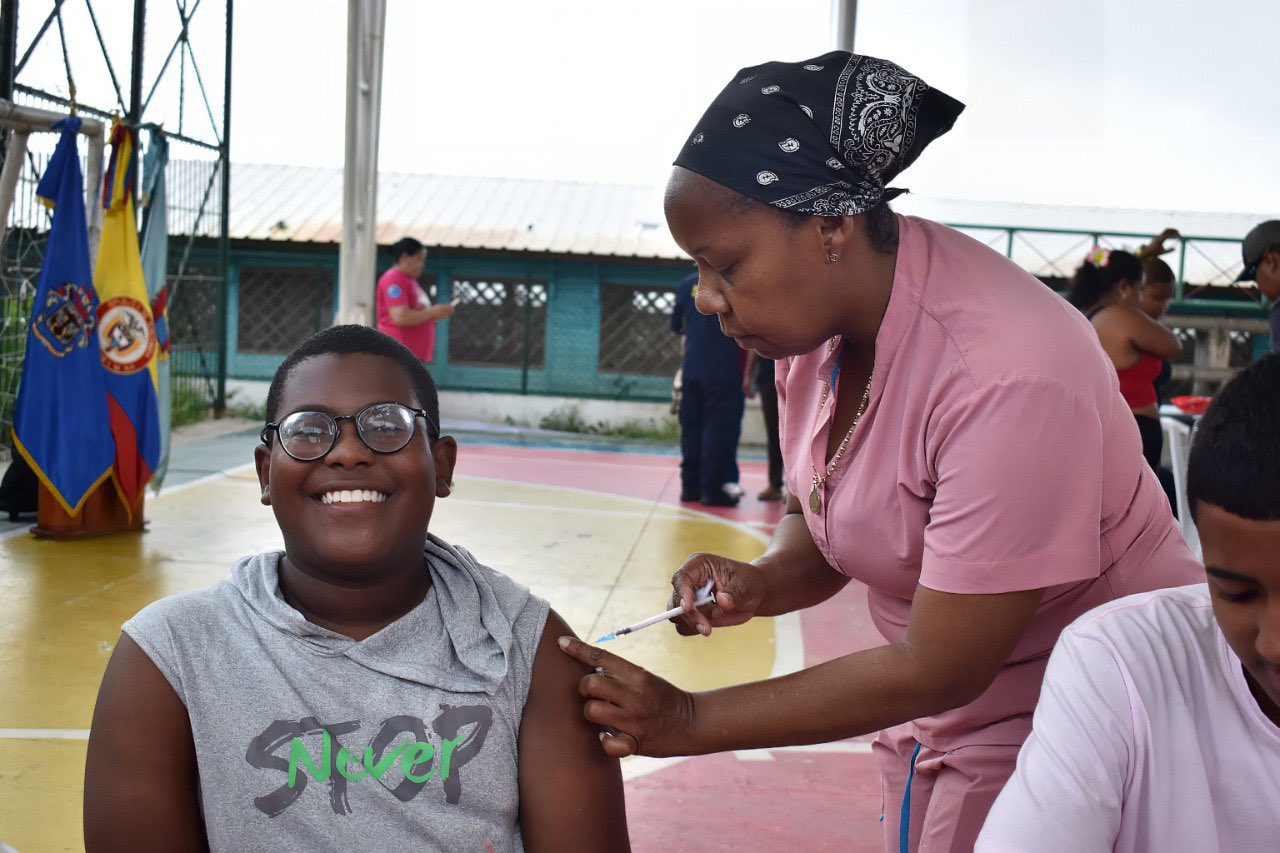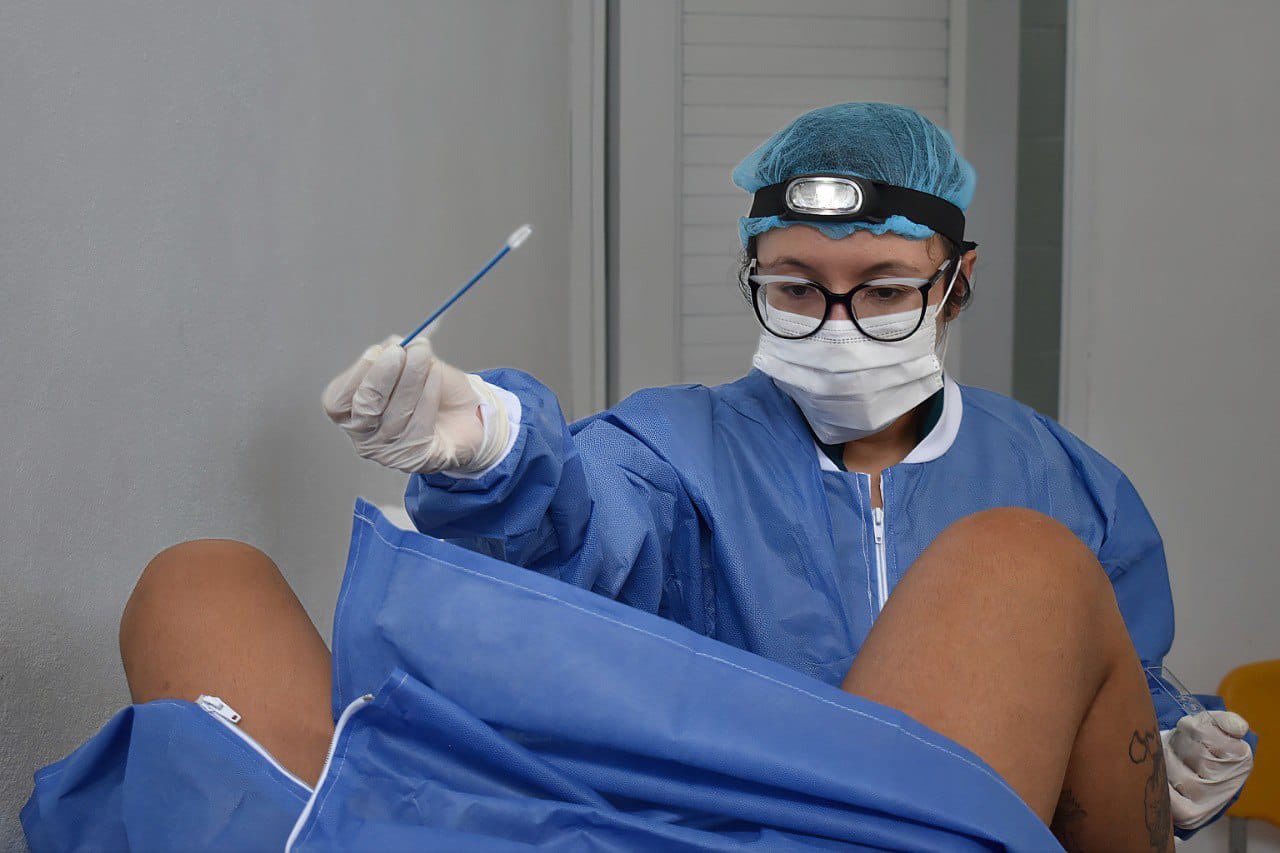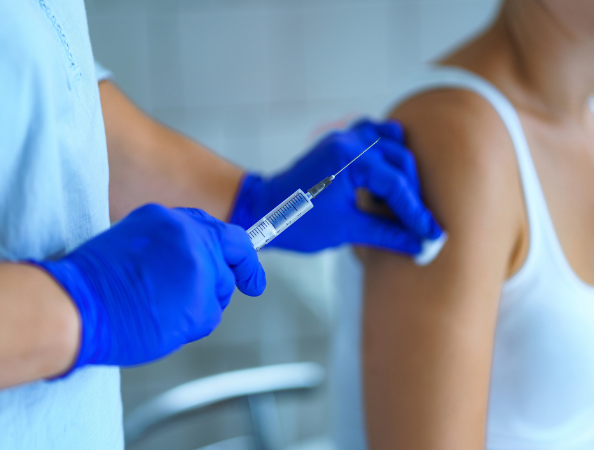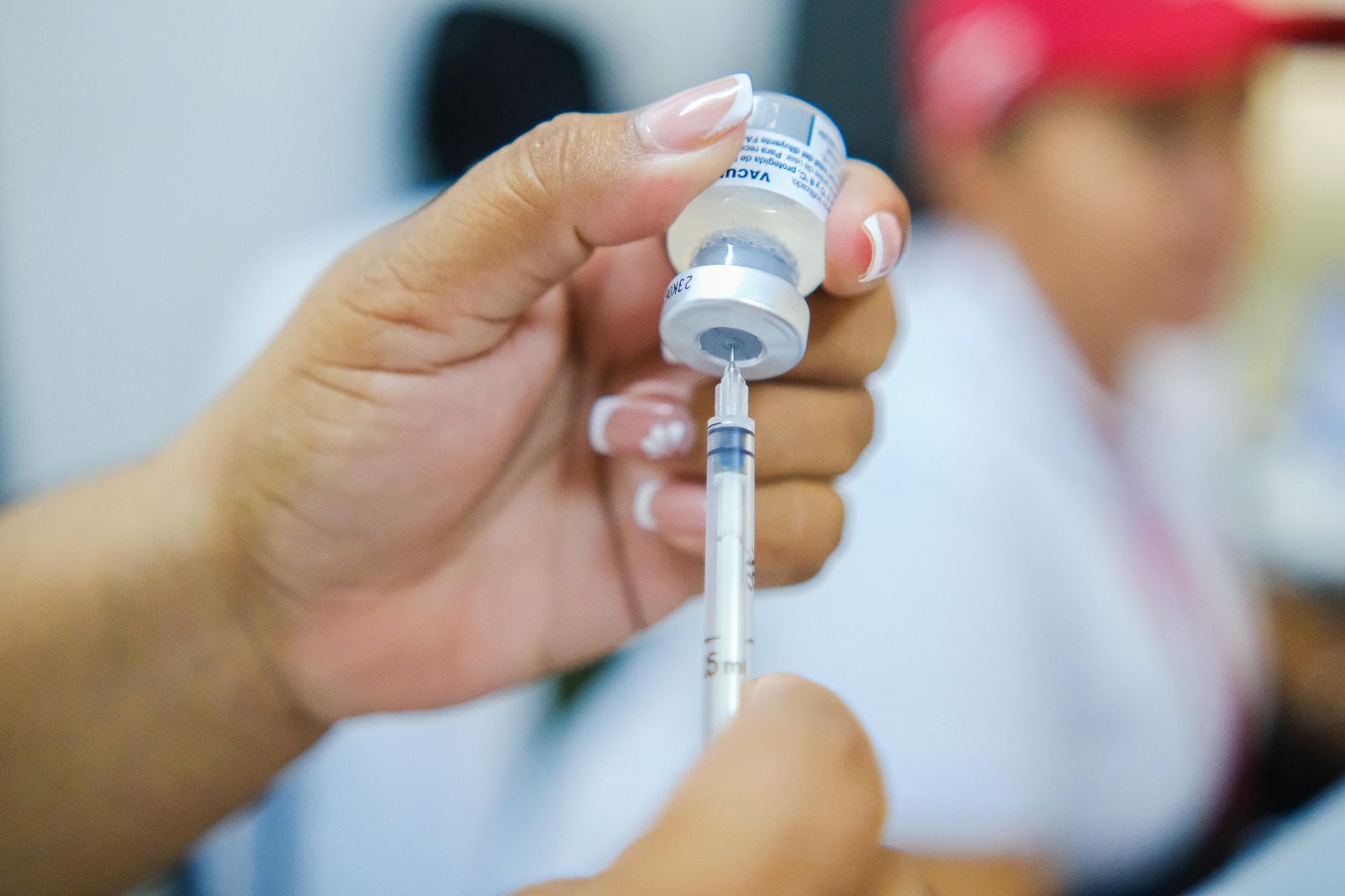Misinformation, lack of access, and the absence of campaigns: the reasons behind the stagnation in HPV vaccination in Colombia.

Last year, Colombia did not meet its Human Papillomavirus (HPV) vaccination goal. This vaccine is essential because it has been shown to effectively prevent cervical cancer and other types of cancer, such as vaginal and vulvar cancer in women; penile cancer in men; and anal and throat cancer in both. Immunization is key because it is estimated that this microorganism infects almost everyone in the world during their lifetime.
However, in 2024, according to data from Colombia's Technical Vaccination Committees collected by the Vaccination Observatory of the University of the Andes, the vaccination rate for 9-year-old girls reached just 52.62%, with approximately 204,470 doses administered in a target population of 388,556 girls. For boys of the same age, coverage is even lower, at 42.23%, equivalent to approximately 171,326 doses administered out of a target population of 405,683 children. These figures are far from the goal set by the Ministry of Health of achieving at least 95% coverage in both target populations.

Only 19.5% of 9-year-old girls and boys, on average, have been vaccinated. Photo: Colombian League Against Cancer
The most worrying thing is that the situation doesn't appear to be improving in 2025. According to the Colombian League Against Cancer, by May of this year, 39.5% coverage was expected to be achieved among 9-year-old boys and girls, but only 19.5% of both populations have been immunized. The situation is more serious for boys, where only 18% has been achieved, while for girls, 21% has been achieved, with a vaccine that is free and can be administered at any time of the year in accordance with the Expanded Immunization Plan (PAI).
This situation raised concerns among various stakeholders in the country's health sector, who a few days ago issued a statement from the National Alliance, Abrázame, with "an urgent call to action for all sectors in response to the worrying reduction in vaccination coverage against the Human Papillomavirus (HPV)." The Alliance is made up of at least 80 organizations, collectives, and individuals committed to eliminating cervical cancer as a public health problem in Colombia.
"We make this urgent call for both public and private entities in the health system to contribute to the implementation of priority and effective strategies that contribute to prioritizing HPV vaccination and promoting public awareness about the importance of prevention," the Alliance stated.

HPV is directly linked to cervical cancer. Photo: Colombian League Against Cancer
According to Marcela Forero, director of the Social Area of the Colombian League Against Cancer, a member organization of the Abrazame Alliance, although a single dose is currently sufficient for most children and adolescents, we are still far from reaching coverage goals for various reasons.
“One of the main reasons is the persistence of myths and misinformation. Many families still mistakenly believe that the vaccine can affect fertility, cause serious side effects, or encourage early sexual initiation. These unfounded fears have generated mistrust. Furthermore, not all sectors have sufficiently prioritized this vaccine. The coordination between health, education, families, and the community is not always strong, and this has made it difficult to reach school settings, which have historically been key, on a massive scale. There has also been a lack of clear and ongoing communication about the safety and effectiveness of this vaccine,” Forero asserts.
According to her, a key point is that today's vaccination schedule is simpler and no longer requires written informed consent from guardians, which facilitates access to vaccination services. "To improve coverage, it is essential to strengthen vaccination in schools, provide clear and timely information to families, and ensure that health and education personnel are trained to provide guidance and answer questions. It is also key to work with communities, promote spaces for dialogue, and continue integrating efforts across sectors to guarantee effective access to this prevention tool," the expert notes.

The vaccination coverage gap compared to the expected target is 20% for girls and boys. Photo: iStock
Luis Jorge Hernández, a public health specialist and professor at the University of the Andes, agrees with this opinion. In his opinion, the Ministry of Health has failed to incorporate HPV vaccination into the health promotion and maintenance program for children and adolescents, nor into sexual and reproductive health programs. In addition, says the researcher, other challenges such as a lack of coordination between organizations have also prevented the achievement of the proposed objectives, which are fundamental in terms of public health.
“Although the school vaccination strategy is effective in reaching the target population, it has faced resistance from some educational institutions and parents. The transition or coexistence with intramural vaccination (in health centers) has not always been smooth or sufficiently promoted. Despite efforts, access barriers remain in dispersed rural areas or in highly mobile populations, and socioeconomic gaps can also influence vaccination prioritization. Although there has been an initial commitment, communication and promotion strategies have not always been sustainable or sufficiently intensive to effectively counter misinformation over time,” Hernández emphasizes.
The researcher and doctor in public health emphasizes that there are "compelling reasons" that demonstrate the importance of promoting HPV vaccination. The first, and most talked about, is the prevention of various types of cancer; but there is also the prevention of precancerous lesions and genital warts; the long-term positive impact it has on public health; and the safety and efficacy this biologic has demonstrated over time.
“The vaccine prevents the appearance of precancerous lesions (dysplasias) that require invasive treatment, as well as genital warts, which, although benign, are a major cause of morbidity, distress, and stigma. Furthermore, by reducing the prevalence of high-risk HPV infections in the population, a substantial decrease in the incidence of associated cancers is expected in the coming decades. This represents enormous savings in treatment costs and hospitalizations, and improves people's quality of life. After millions of doses administered worldwide and decades of research, the HPV vaccine has proven to be extremely safe and highly effective. Leading global health organizations (such as the WHO, the CDC, and the PAHO) strongly recommend it,” the expert adds.
In this regard, Yajadira Lozano, national coordinator of Nursing and Health Programs at Profamilia, emphasizes that if Colombia manages to increase HPV vaccination, it will lead to a significant reduction in the burden of the disease in the medium and long term. "This translates not only into saved lives, but also into a reduction in the need for expensive, invasive, and prolonged treatments in adulthood," she emphasizes.
According to Lozano, education, eliminating myths, access to timely health services, and condom use during all sexual encounters are key to reducing the risk of what is currently one of the leading causes of cancer-related death among women in the country. "It is especially important to administer this vaccine at an early age, as this period generates an immune response up to 10 times more potent than a natural infection," the expert adds.

Vaccinating children is much more effective, according to experts. Photo: Government
In Colombia, the HPV vaccine is available free of charge in public health institutions and schools (during vaccination campaigns) for boys and girls ages 9 to 17. The Ministry of Health, through district health departments and public health centers, has set up more than 3,000 vaccination sites across the country where you can find the HPV vaccine.
Although it is no longer free after this age, medical and expert advice is to obtain it. The vaccine is available at centers like Profamilia, which has a Cervical Cancer Prevention Program. Although most people will be infected with HPV at some point in their lives without consequences, when the infection persists, it can lead to multiple types of cancer: 95% of cervical cancers, 90% of anal cancers, 70% of vaginal, vulvar, throat, and oropharyngeal cancers, and 60% of penile cancers are linked to this virus.
Environment and Health Journalist
eltiempo


%3Aformat(jpg)%3Aquality(99)%3Awatermark(f.elconfidencial.com%2Ffile%2Fa73%2Ff85%2Fd17%2Fa73f85d17f0b2300eddff0d114d4ab10.png%2C0%2C275%2C1)%2Ff.elconfidencial.com%2Foriginal%2F979%2Ff36%2F96f%2F979f3696f3d8d9c825fc75f0ff00823a.jpg&w=1280&q=100)

%3Aformat(jpg)%3Aquality(99)%3Awatermark(f.elconfidencial.com%2Ffile%2Fa73%2Ff85%2Fd17%2Fa73f85d17f0b2300eddff0d114d4ab10.png%2C0%2C275%2C1)%2Ff.elconfidencial.com%2Foriginal%2F480%2F5af%2F9b7%2F4805af9b7b206c31d458c99afc511257.jpg&w=1280&q=100)
%3Aformat(jpg)%3Aquality(99)%3Awatermark(f.elconfidencial.com%2Ffile%2Fa73%2Ff85%2Fd17%2Fa73f85d17f0b2300eddff0d114d4ab10.png%2C0%2C275%2C1)%2Ff.elconfidencial.com%2Foriginal%2F2ff%2Fed9%2F4bd%2F2ffed94bdc17e5b4da8ded3dbe89b1c1.jpg&w=1280&q=100)